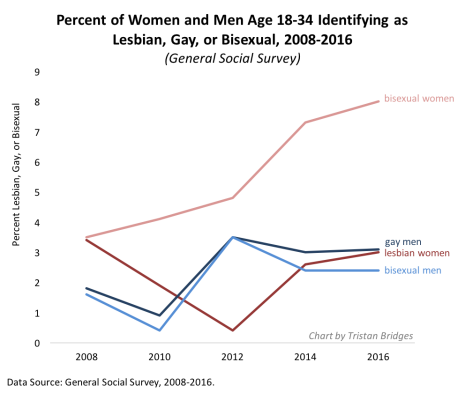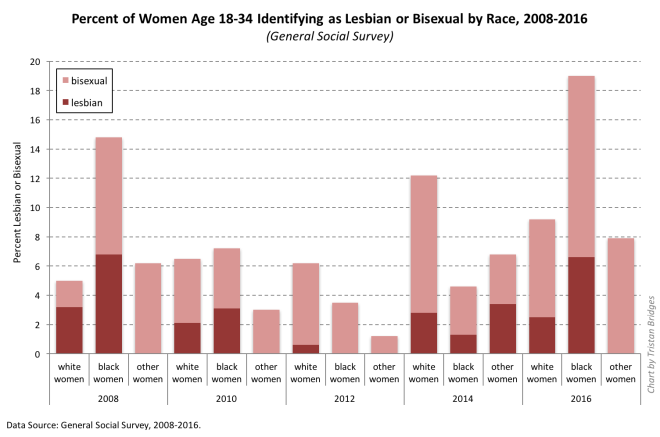Originally posted at Montclair Socioblog.
“Freedom of opinion does not exist in America,” said DeTocqueville 250 years ago. He might have held the same view today.
But how could a society that so values freedom and individualism be so demanding of conformity? I had blogged about this in 2010 with references to old sitcoms, but for my class this semester I needed something more recent. Besides, Cosby now carries too much other baggage. ABC’s “black-ish”* came to the rescue.
The idea I was offering in class was, first, that our most cherished American values can conflict with one another. For example, our desire for family-like community can clash with our value on independence and freedom. Second, the American solution to this conflict between individual and group is often what Claude Fischer calls “voluntarism.” We have freedom – you can voluntarily choose which groups to belong to. But once you choose to be a member, you have to conform. The book I had assigned my class (My Freshman Year by Rebekah Nathan*) uses the phrase “voluntary conformism.”
In a recent episode of “black-ish,” the oldest daughter, Zoey, must choose which college to go to. She has been accepted at NYU, Miami, Vanderbilt, and Southern Cal. She leans heavily towards NYU, but her family, especially her father Dre, want her to stay close to home. The conflict is between Family – family togetherness, community – and Independence. If Zoey goes to NYU, she’ll be off on her own; if she stays in LA, she’ll be just a short drive from her family. New York also suggests values on Achievement, Success, even Risk-taking (“If I can make it there” etc.)
Zoey decides on NYU, and her father immediately tries to undermine that choice, reminding her of how cold and dangerous it will be. It’s typical sitcom-dad buffonery, and his childishness tips us off that this position, imposing his will, is the wrong one. Zoey, acting more mature, simply goes out and buys a bright red winter coat.
The argument for Independence, Individual Choice, and Success is most clearly expressed by Pops (Dre’s father, who lives with them), and it’s the turning point in the show. Dre and his wife are complaining about the kids growing up too fast. Pops says, “Isn’t this what you wanted? Isn’t this why you both worked so hard — movin’ to this White-ass neighborhood, sendin’ her to that White-ass school so she could have all these White-ass opportunities? Let. Her. Go.”
That should be the end of it. The final scene should be the family bidding a tearful goodbye to Zoey at LAX. But a few moments later, we see Zoey talking to her two younger siblings (8-year old twins – Jack and Diane). They remind her of how much family fun they have at holidays. Zoey has to tell them that New York is far, so she won’t be coming back till Christmas – no Thanksgiving, no Halloween.
Jack reminds her about the baby that will arrive soon. “He won’t even know you.”
In the next scene, Zoey walks into her parents room carrying the red winter coat. “I need to return this.”
“Wrong size?” asks her father.
“Wrong state.”
She’s going to stay in LA and go to USC.
Over a half-century ago, David McClelland wrote that a basic but unstated tenet of American culture is: “I want to freely choose to do what others expect me to do.” Zoey has chosen to do what others want her to do – but she has made that individual choice independently. It’s “voluntary conformism,” and it’s the perfect American solution (or at least the perfect American sitcom solution).
* For those totally unfamiliar with the show, the premise is this: Dre Johnson, a Black man who grew up in a working-class Black neighborhood of LA, has become a well-off advertising man, married a doctor (her name is Rainbow, or usually Bow), and moved to a big house in an upscale neighborhood. They have four children, and the wife is pregnant with a fifth.
Jay Livingston is the chair of the Sociology Department at Montclair State University. You can follow him at Montclair SocioBlog or on Twitter.











